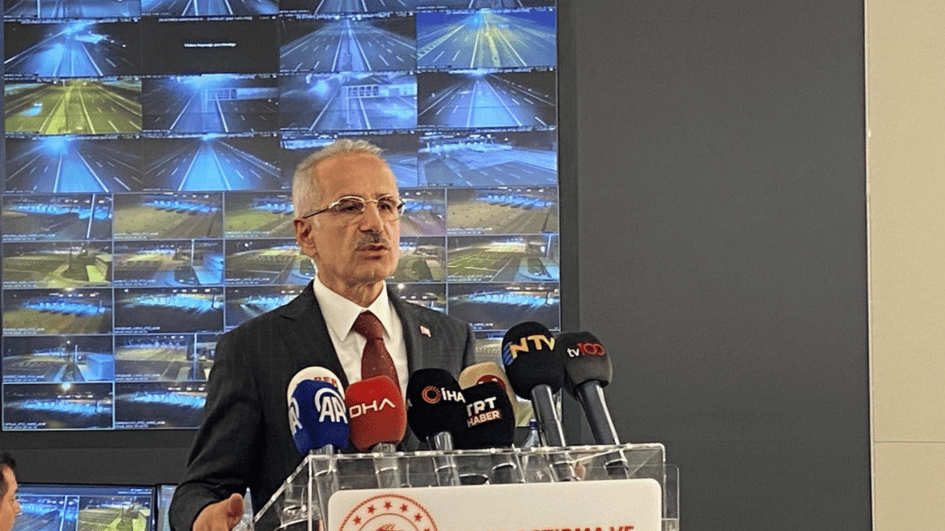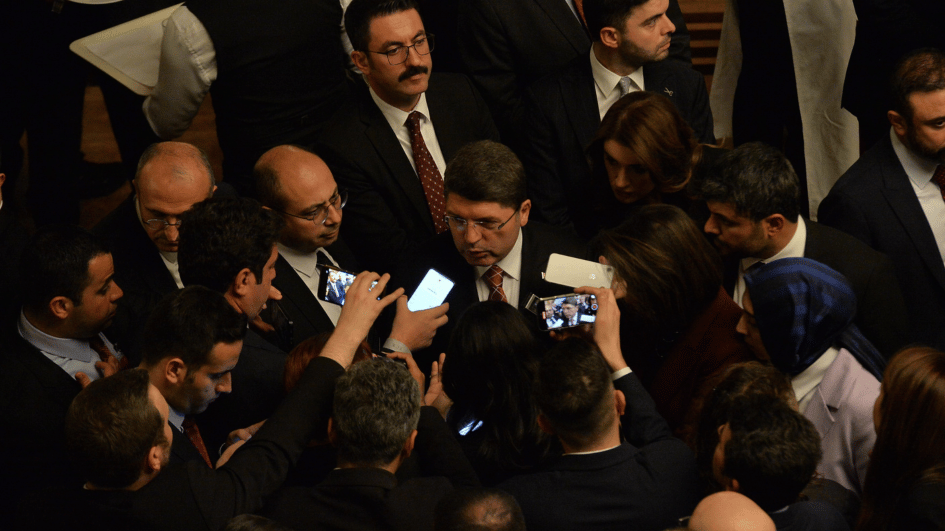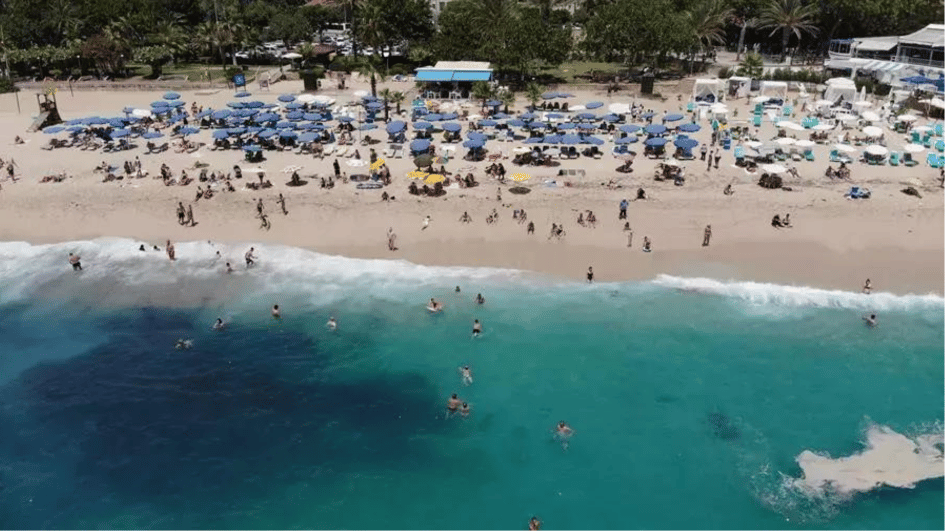Coup intelligence and codes of MY 114-1 (C)
SEDAT ERGİN
We met with “MY 114-1 (C)” in one of Abdülkadir Selvi’s columns.Afterwards, we witnessed a debate including other columnists regarding “MY 114-1 (C).”
Then, we learned that there was a “MY 114-1 (B)” and a “MY 114-1 (A)” even before that.
This is a sensitive debate; because at first glance, it has a dimension that closely concerns the survival of the democratic regime. According to a viewpoint, the codes regarding the institutional boundaries of giving intelligence on coup activities inside the army lie within “MY 114-1 (C).”
Everyone attributes some meaning to it and even some institutions are determining their position according to this document. There are those strongly saying the Turkish National Intelligence Agency (MİT) cannot gather intelligence inside the army due to the “MY 114-1 (C).” For instance, Emre Taner, who was the MİT chief between 2005 and 2010, told the parliament’s Coup Attempt Investigation Commission that the “MİT cannot gather intelligence within the body of the Armed Forces. An order called MY 114-1 (C) has stopped that. I cannot enter the garrison.”
On the contrary, there are those saying “MY 114-1 (C)” did not pose any obstacle to the MİT on this field.
Soldiers inside barracks, soldiers and intel outside
I have to admit that I, too, was confused in the beginning. In order to get a full grasp of the issue, let’s first start with the name “MY 114-1 (C).”
“MY 114-1 (C)” is the shortened name for “Armed Forces Protective Safety and Cooperation Directive.” At first, the (A) version of the directive was valid. The first one dated March 30, 1990, carries the signature of the then Chief of General Staff Gen. Necip Torumtay.
The most critical aspect of this directive is the fact that it regulates “how, where and by whom” the intelligence regarding “restricted personnel” inside the Turkish Armed Forces (TSK) can be collected. The question of where and by whom this intelligence will be collected, to be more precise, which institution will gather it carries critical significance.
In the 1990 dated directive (A), it stated the “[I] Conducts and attitudes inside the battalion will be checked and tracked by the commanding office” and the “[II] Conducts and attitudes outside the battalion will be checked and tracked by the MİT and Garrison Command” of those who are taken under the “restricted personnel” category.
As it can be seen, the TSK assumed responsibility for the intelligence inside the battalion and when it’s outside the battalion, it again held responsibility over the Garrison Command, meaning the highest ranking commander in the province in itself. However, it also opened the door for the MİT to gather intelligence on personnel at the same time.
System remains the same with 2011 changes
“MY 114-1 (A)” was renewed on Nov. 28, 2001, with minor changes during the period of the then Chief of General Staff Gen. Hüseyin Kıvrıkoğlu and was made into “MY 114-1 (B).” Actually, the construct in the (A) version was not affected by the changes, only the responsibility of checking and tracking the restricted personnel’s attitudes inside the battalion was given to the “intelligence units within military units if existing” in addition to the commanding office.
Thus, we understand the intelligence units that were founded in military units in 1996–just like other corps such as the artillery, tankers or engineers–after the formation of the intelligence corps under the Land Forces Command were employed to follow and control the restricted personnel under watch.
And Necdet Özel changes the system
Major changes took place exactly three months after Gen. Necdet Özel was appointed as the Chief of General Staff just before the August 2011 Supreme Military Council. “MY 114-1 (C)” signed by Gen. Özel came into effect on Nov. 28, 2011.
The renewed (C) version of the directive mainly introduced two changes. The first is while the 1990 and 2001 dated texts of the directive used the expression “restricted personnel” as the target of the intelligence activities to be carried out, this time the description of the targeted personnel was changed to “Those who underwent personnel security examination over being involved in the activities of terrorist organizations or illegal structures and the vulnerability of İKK [Opposing Intelligence].”
This way, a narrower and clearer description was adopted compared to “restricted personnel,” which can have a wide interpretation.
No meaningful changes are in question in terms of the targeted personnel’s attitudes and actions inside the battalion. However, it introduces radical changes in terms of tracking the attitudes and actions of the personnel if they go out of the battalion. The new directive says, “The tracking and checking of attitudes and actions outside the battalion is ensured by the intelligence units in charge [MİT and General Security Directorate].”
TSK withdraws inside the barracks in intelligence
What does this mean? First of all, the police appear in the text for the first time. However, a more important change is in the “removed” section of the directive. That section is the one that states, “The Garrison Command is in charge of tracking and checking outside the battalion.” In other words, while the TSK had the authority to track and check over the Garrison Command as well as the MİT when the personnel was going outside the battalion in the past, from that point on, it disclaimed that authority.
It is understood that this change was introduced mostly with the initiative of the AKP government in 2011. In a way, the authority of the military to gather intelligence on its personnel in the civilian areas outside the barracks was removed categorically. The army withdraws to inside the boundaries of the military barracks only regarding intelligence activities.
So, is there are any situation that prevents the MİT from getting inside the barracks? On the surface there is not, but the issue of the relations between the state institutions and the harmony of those relations comes to the agenda at that point. Besides, what you call “MY 114-1 (C)” is a directive that holds the signature of the Chief of General Staff. There is also the dimension of the MİT Law that goes way beyond this directive and the duty to give intelligence on the activities against the constitutional order given to the MİT with this law.
Let’s handle this part tomorrow. Look, the debate shows tendency to broaden day by day.











